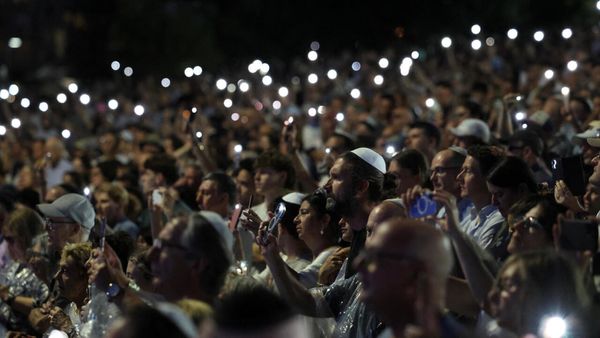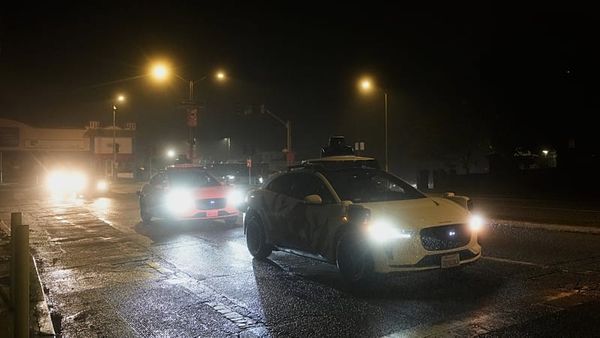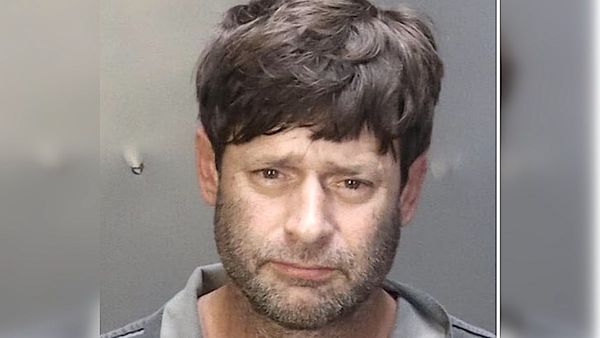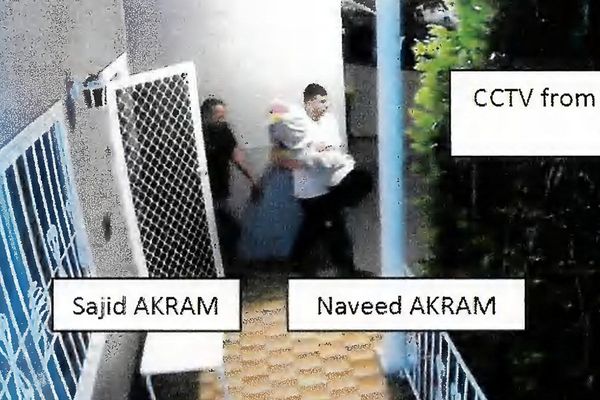Tasmanians have been told to brace for the biggest electricity price hike in a decade as spiralling wholesale electricity costs impact the island state.
Energy consultant Marc White is expecting a regulated price rise of more than 10 per cent to be announced later this month, and is calling for state government intervention to keep it in the "modest" 5-to-10 per cent range.
Tasmania's electricity system and pricing are a little different to the mainland, but the issues plaguing the rest of the nation will still have an impact.
Who sets energy prices in Tasmania?
The Tasmanian Economic Regulator sets what is called a "standing offer", the maximum rate that consumers pay for the electricity they use.
The regulator hands down a pricing determination each year, usually not long before the new financial year.
The regulated price factors in the cost of operating the poles and wires — a network cost that is already set by the Australian Energy Regulator and can't be changed at the state level — the wholesale price, renewable energy certificate costs and retail operation costs.
The wholesale price is largely determined by Victoria's wholesale rate, as well as inflows into Tasmania's hydro system.
That means that electricity on the island state is normally slightly less expensive than in the mainland states.
To give you an idea of how much the Tasmanian wholesale price has risen, it is currently around $140 per megawatt-hour. That's about $100 more than it was this time last year. A price rise in the next financial year's "standing offer" is certain.
When will they make a decision on raising prices?
The Tasmanian Economic Regulator's determination for the 2022-23 financial year is set to be made later this month, with new prices to come into effect as of July 1.
Tasmania generates its own hydro power — why are we seeing rises like other states?
There's a lot of pain being felt elsewhere in the country.
Huge wholesale price increases have prompted hefty increases in NSW, South Australia and Queensland to a benchmark power price known as default market offers, by as much as 18.3 per cent.
Tasmania is connected to the National Energy Market, like every other state and territory except for Western Australia and the Northern Territory.
It's a wholesale market where the different states provide power to it and a national price is set based on supply and demand.
Tasmania's wholesale price is largely dictated by Victoria's, in line with a ruling by the Australian Competition and Consumer Commission.
That means that even though the entire state of Tasmania can power itself using its hydro dams in a year of average rainfall, what happens in other states still has a big effect on what happens here.
Experts are also warning that national price increases mean smaller, start-up electricity retailers that buy most of their power from the wholesale market could be forced to go under, meaning less competition in the market.
One of those, power provider ReAmped, has told its 80,000 Australian customers to go elsewhere because it can no longer supply an affordable service.
These issues could also impact competitors to Tasmania's dominant (and government-owned) Aurora Energy.
Wait, weren't we de-linking from the National Energy Market?
The state Liberal government promised to do so at the 2018 election, promising it would reduce power prices by up to 10 per cent.
But one year after it was supposed to happen, it still hasn't occurred, and a number of key stakeholders think it's a bad idea.
Premier Jeremy Rockliff was asked about the delinking in Parliament on Thursday, and wouldn't give a definitive answer about whether the plan would still go ahead.
But State Energy Minister Guy Barnett made clear in a statement that exiting the National Energy Market would "erode investor confidence in the Tasmanian energy market and potentially jeopardise billions of dollars" in investment, including the planned Marinus Link cable.
It is fair to say we'll be connected to the National Energy Market for quite some time.
How do I find a good energy deal?
Mr White says the market conditions mean there aren't any good deals and everyone's bill will be going up.
And it comes at an inopportune time for households around the state, where the rising cost of living means they're already under great strain.
But in terms of what's out there, Mr White says some of Aurora's competitors offer lower prices — what's called a market offer — but there may be trade-offs in terms of lower customer service standards and higher overdue fees.
He also says it's hard to know if the companies could encounter the same issues faced by ReAmped because of a lack of public information about their operations.
If you're wondering about what different Tasmanian energy retailers are out there, and if you can get a cheaper bill, the federal government has set up a website that will let to compare offers, called Energy Made Easy.







